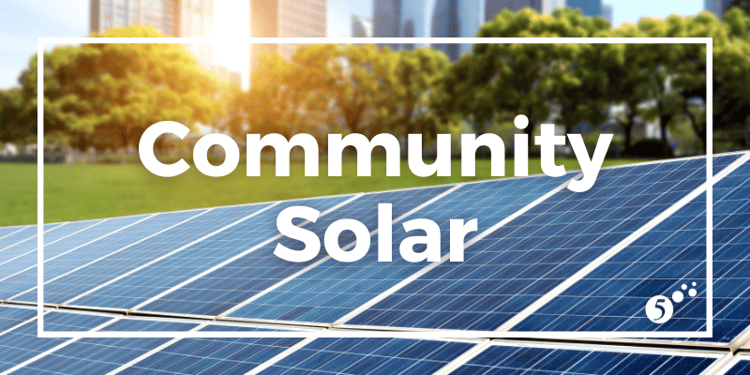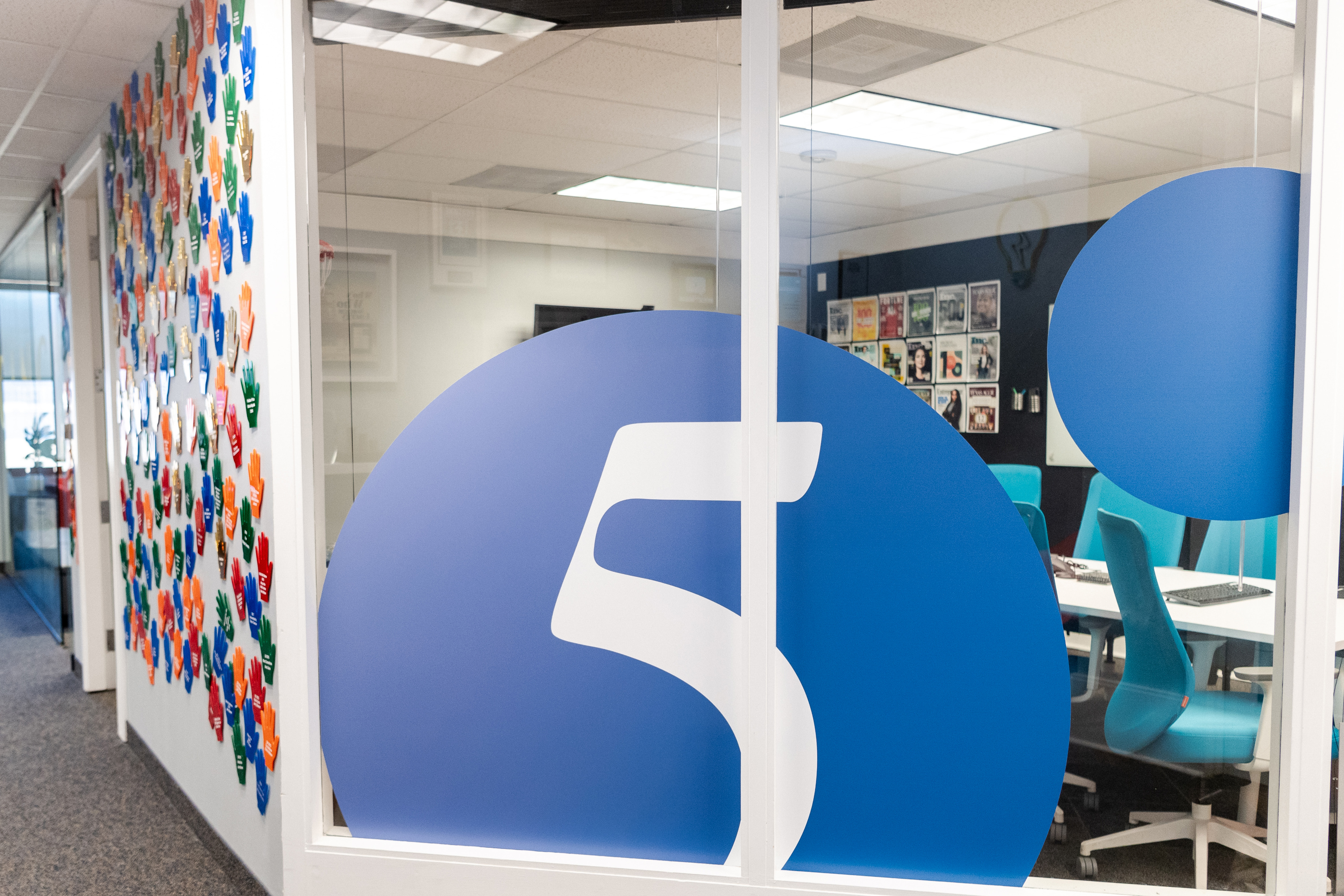
Community solar is a financial structure implemented by states and utilities that allows the financial benefits of solar electricity production to be shared with members of the community. Here is how it works: A solar developer builds a solar project and sells all the power and renewable energy credits (RECs) generated to the utility in exchange for “solar credits”. Those solar credits are applied as a dollar value credit to utility bills, reducing the amount owed for electricity provided by the utility. The developers then sell their solar credits to members of the community at a discount. Community members sign contracts with developers to purchase solar credits at a set discount rate, a percentage savings on the dollar value of the solar credit. In New York State, the market-rate discount is 10%. That means that by signing a contract with a developer, an electricity customer in New York can pay $90 to a developer for solar credits that will reduce the customer’s utility bill by $100. In some cases, that $90 is paid to the solar developer (or a third-party billing company hired by the developer), and the $100 solar credit is applied to the customer’s utility bill. New York has consolidated billing, which means there are not always two separate utility bills. The $10 savings is subtracted directly from the utility bill and the customer pays only $90 to the utility. In the end, the developer receives 90% of the per kWh value of solar and the remaining 10% of the value is spread among the community solar subscribers.
In community solar contracts, the percentage savings on solar credit purchases is guaranteed as opposed to the amount of savings in dollars. The value of a solar credit is determined based on New York’s Value of Distributed Energy Resources (VDER) program and is dynamic. Guaranteed 10% savings means that the community member will always pay 10% less than the current value of solar credits over the term of their community solar subscription. When the community member enters a contract with a developer, the community member will be allocated a set portion of the total solar capacity of the solar project, essentially a certain number of panels. The monthly production of those panels determines the number of solar credits that the community member purchases. In the summer, solar panels will produce more electricity and generate more credits and subscribers will get 10% savings from a larger volume.
Solar credits are applied to utility bills as dollar values, not kWh or kW allocations. Some customers are on dual billing and receive one bill for their delivery charges from the utility and a separate bill from their retail supplier for electricity. Since community solar credits are only applied to utility bills (and not retail supply bills) a customer with dual billing is only eligible for credits and savings on their delivery charges. And while the billed amount from the utility in these instances is smaller, the savings are still significant. Large customers may reach community solar allocation limits without consolidating their supply and delivery bills. In other cases, consolidating third-party supply onto utility bills will provide greater savings.
Community solar is popular among residential electricity customers, but it is also available to larger energy users. Community solar capacity is allocated in two separate categories: mass market and anchor subscribers. Mass market customers, in New York, are those whose average demand is under 25 kW-AC. Residential customers and many small businesses fall into this category. Electricity users over 25 kW average demand are considered anchor subscribers of a community solar project. In New York, no more than 40% of the total capacity of a community solar project can go to an anchor subscriber. This is to ensure that the utility bill savings are spread across many community members.
To become an anchor subscriber, a company needs to find a community solar project that has anchor capacity available. This is a challenge right now. There is a lot of demand for anchor subscriptions and relatively few projects. Most anchor subscriptions are contracted for 10 to 25-year terms, leaving little turnover for new subscriptions. However, developers need anchor subscribers to obtain financing for new community solar projects. Since 40% of the credits produced will be sold to the anchor, these anchor contracts are crucial to the project’s development. Anchor contracts need to have strong credit because investors will look to those subscribers to secure the long-term viability of a given solar project.
There is another similar program in New York called Remote Crediting, which does not have the 40% maximum allocation for anchor subscribers. In Remote Crediting, a commercial subscriber can offtake an unlimited amount of the project’s capacity. The same 5MW-AC project size limits exist. Today, consolidated billing is not available for remote crediting but that may change in the future. Developers are incentivized towards the community solar program by a community adder rebate paid through the NY Sun program. The community adder is limited in size, and when funds run out, developers often move towards remote crediting projects.
Community solar is a great opportunity to obtain savings on utility bills. However, it is important to note that community solar subscribers do NOT get any RECs. All RECs go to the New York State Energy Research and Development Authority (NYSERDA) and are retired towards the state’s clean energy standard. Community members that subscribe to community solar projects are not allowed to claim use of renewable energy to power their facilities. Subscribing to community solar projects helps the state move towards its renewable energy goals and provides utility bill savings to those who subscribe to that project. However, it is not a great option for those looking to make sustainability claims or reduce their carbon footprint. With community solar projects, the community members and subscribers get utility bill savings, the state gets RECs, and developers get project revenues.
5 works with clients to examine available community solar opportunities. We go to the market to obtain offers for community solar offtake and evaluate contract options for clients. Right now, commercial and industrial demand for community solar subscriptions is high and New York is one of the best community solar states in the country. Reach out to your energy advisor if you are interested in learning more about community solar and how it might help your business.


